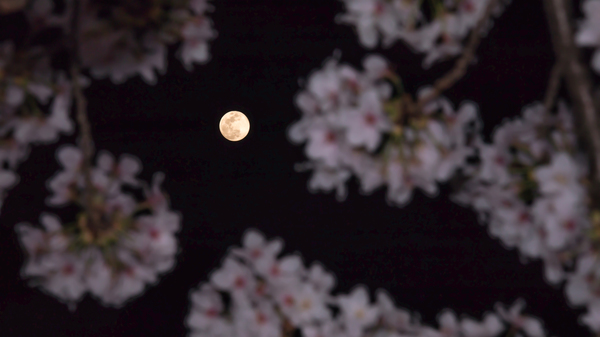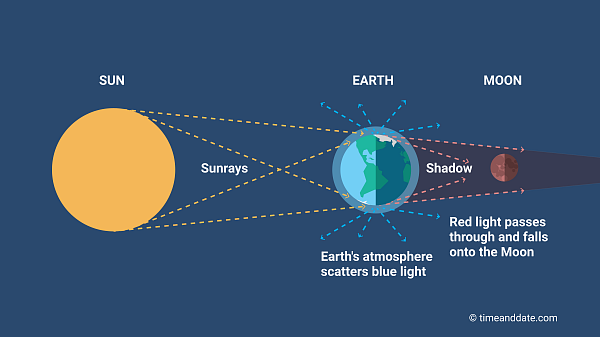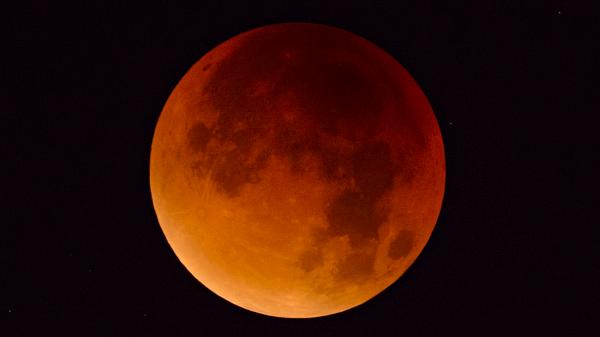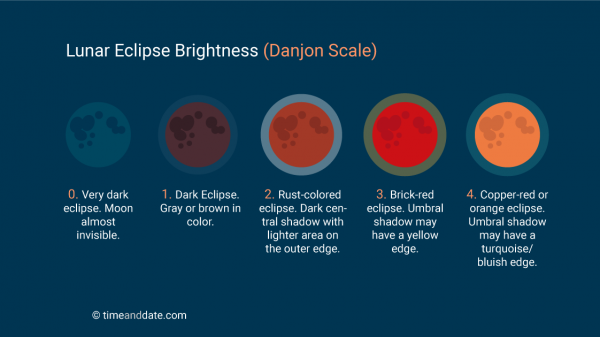Full Moon Lunar Eclipse May 2022
Posted by Trina Berwick on
Full Moon Lunar Eclipse May 2022
The Full Moon in May is known as the Flower Moon. Other names include the Milk Moon, Planting Moon and sometimes named the Hare Moon.
On May 15/16 2022, depending on your time zone, the Flower Moon will be in total eclipse and will turn red - this is where the name Blood Moon comes from.
This eclipse is the 3rd in a series of 4 big lunar eclipses in 2 years. 3 of these 4 eclipses are a total lunar eclipse, while the one in November 2021 was such a deep partial eclipse that it was almost a total eclipse.

The Flower Moon is named after the abundant flowers that grow in the Northern Hemisphere in May. ©iStockphoto.com/kumikomini
The complete phase of this Blood Moon total lunar eclipse will be visible in parts of the Americas, Antarctica, Europe, Africa, the east Pacific, New Zealand, eastern Europe and the Middle East, but as you can see from the visibility diagrams, what you see depends on where you are located.

It will be visible in total phase from portions of the Americas, Antarctica, Europe, Africa and the east Pacific. The penumbral eclipse will be visible in New Zealand, eastern Europe and the Middle East.
Blood Moon A totally eclipsed Moon can take on a reddish glow. ©iStockphoto.com/Sjo
A totally eclipsed Moon can take on a reddish glow. ©iStockphoto.com/Sjo
Why does it appear red?
The reason the Moon takes on a reddish colour during a total lunar eclipse is a phenomenon called Rayleigh scattering.
The Earth's atmosphere condition plays a big part in the colour of the Moon. The amount of pollution, dust from volcanic eruptions and storms can affect the depth of red the Moon takes on during the total lunar eclipse.
Rayleigh Scattering is also responsible for causing the colour of sunrises and sunsets, and for the sky to look blue.

A totally eclipsed Moon can take on a reddish glow. ©iStockphoto.com/Sjo
Brightness Scale
Scientists measure the appearance and brightness of a total lunar eclipse using a five-point scale— ranging from 0 to 4— called the Danjon Scale (see image). A lunar eclipse is ranked and assigned a value on the scale at the time of mid-totality.

The Danjon Scale was created by French astronomer, André-Louis Danjon.
Did you know that an eclipse is never alone?
A solar eclipse always occurs about two weeks before or after a lunar eclipse.
Usually, there are two eclipses in a row, but other times, there are three during the same eclipse season.
Read our Full Moon Magic blog here.
Information sourced from Timeanddate.com - 2022
full moon lunar eclipse may 2022 australia
